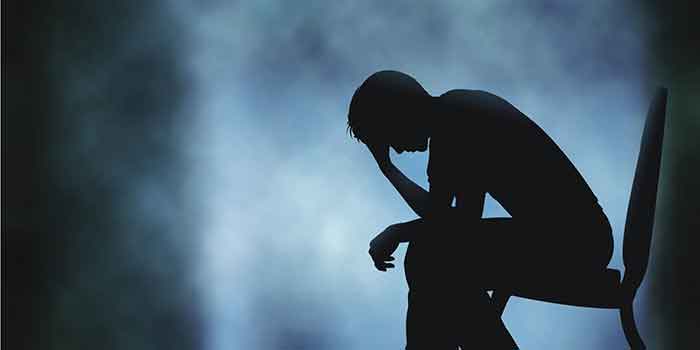
HEALTH-this term needs no introduction after all our cordial conversations are filled with it which goes like this, “kya haal,sehat cha theeki” (how are you and how is your health?). But how often do we use the term “mental health”?” “zehni tabyat cha theek” (how is your mental health)perhaps our etiquettes don’t allow it!! But why? Are not our daily lives filled with stress,anxiety and tension leading to illnesses like depression? Then why a person with cardiac arrest or diabetes is hospitalized and given proper treatment while the other with bipolaror psychotic disorder is kept at home? Why is one sympathized with and other disregarded when both the illnesses can happen to the same person?Our mindis so much stigmatised that during its illness, even the professionals trying to sympathize with the patient are told to choose some much respected profession.
Now, how healthy would be the minds of the region where eyes are being targeted with hail of pellets? Wherewives, mothers and daughters still wait for their disappeared loved ones? Where mothers still mourn for their blooming sons, people are being shut in their homes for days and even months, mobile connectivity is terminated every now and then, homes are raided and windows smashed? Very recently mental health day was celebrated across the world but, how mentally healthy is a person in Kashmir region where braid chopping has become a new nuisance and people especially women are afraid of sleeping alone in a room or even moving out of home? Regardless of all these factors, most of us are still able to balance life and make adjustments, while others(according to recent MSF report nearly1.8 million adults) suffer from some sort of mental illness. Isn’t this somewhat expected? Yes! But worst part of story is the treatment of these mental illnesses. Not all of mental health patients get themselves treated because of the stigma attached to seeing a psychologist or a psychiatrist. Most of them, especially girls are intercepted from treatment as they are seen as being possessed with “tasruf” (Satan) and eventually end up visiting 20-25 spiritual healers (peers) for controlling their anger and hallucinations which worsens their condition and affects their family as well. Other family members find it difficult to accept that their loved ones could have mental problems and seeing a doctor would make neighbours and relatives acquaint with it and thus degrade their respect while girls of marriageable ages are told to hide their inappropriate behaviour as they won’t get their appropriate suitors!
The bad news is that we are treating the people with “illness of mind” in such a way as if they are not equipped for 21th century. And yet we claim to be modern. Is this what we call modernism? At present there are 1 in 4 people with mental illness but if we don’t talk about it and keep ignoring them there will be a time when the ratio changes to 4 in 4.For the sake of humanity we need to work together. In order to achieve mental health for all, we need to involve all.
The author is pursuing Master’s degree in Psychology at Department of Psychology, University of Kashmir and writes on a diversity of issues related to Kashmir.













































